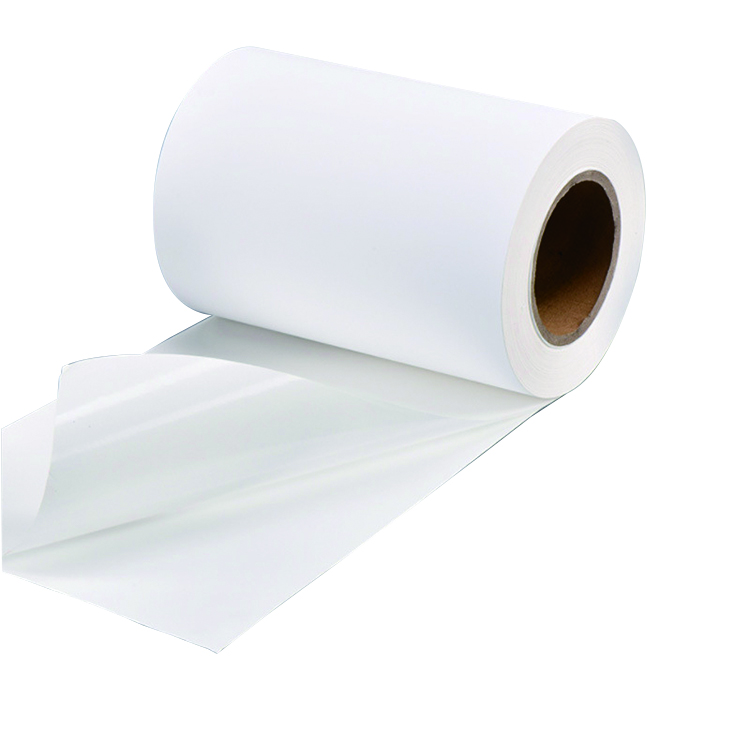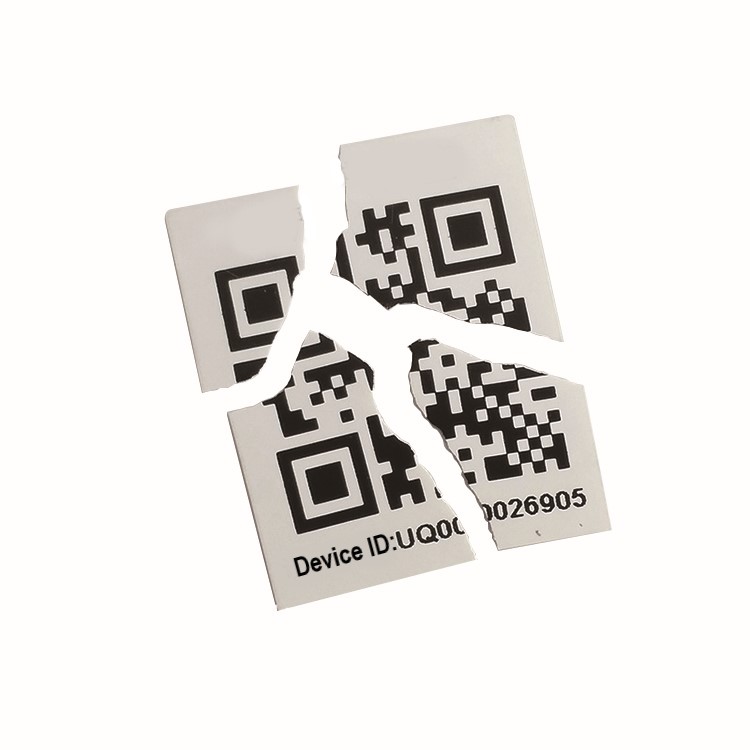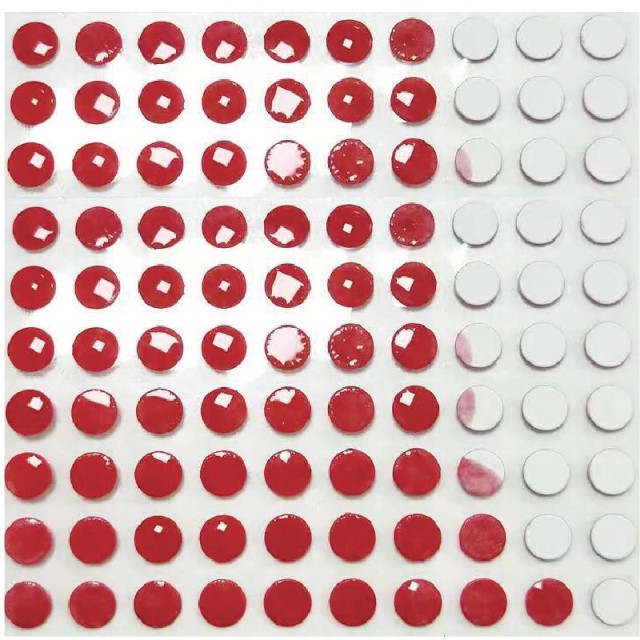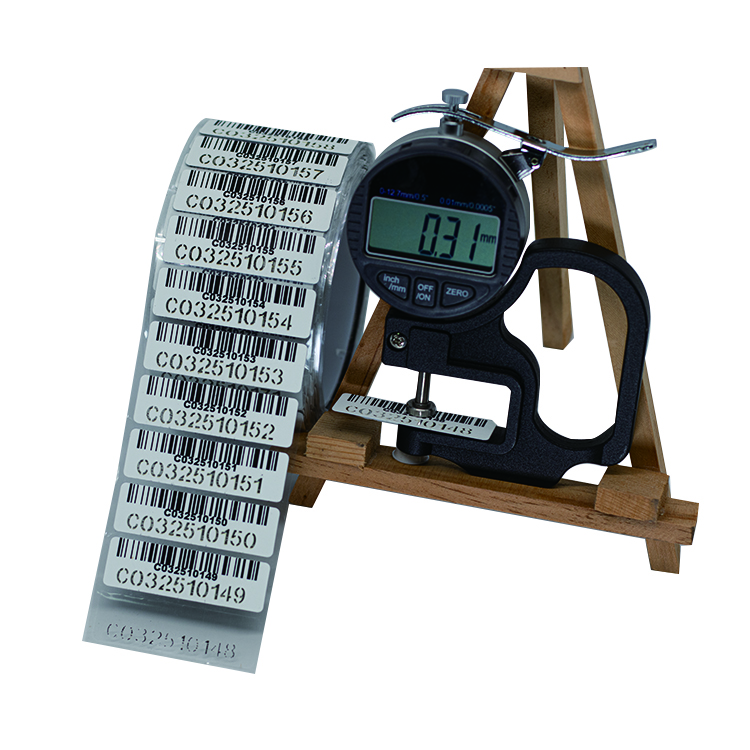The advantages of PET in label printing
-
It has good mechanical properties, with an impact strength that is 3 to 5 times greater than other films, and excellent fold resistance.
-
It is resistant to oils, dilute acids, dilute bases, and most solvents.
-
It exhibits excellent high and low-temperature performance. It can be used for long periods at temperatures up to 120°C, and can withstand short-term exposure to high temperatures of 150°C and low temperatures of -70°C, with minimal impact on its mechanical properties at these temperatures.
-
It has low permeability to gases and water vapor, providing excellent resistance to gases, water, oils, and odors.
-
It has high transparency, can block UV rays, and has a good gloss.
-
It is non-toxic, odorless, hygienic, and safe, and can be directly used for food packaging.
Can PET material hold food
-
PET is a safe, food-grade plastic. As long as it is not used to store excessively hot liquids or liquids contaminated with oil and dirt that make it difficult to clean, it is suitable for holding drinking water. PET is a very safe food-grade plastic, but it should not be used for storing overly hot or oily liquids, as this can make it difficult to clean thoroughly.
-
Most beverage bottles on the market are made of PET, which is a type of polymer material widely used in various food packaging. These materials are non-toxic and odorless at low temperatures, and even when used to store beverages, they will not have any impact on humans. However, if PET is exposed to high temperatures or sunlight for a long time, it will slowly degrade and release some harmful solvents to the human body.
-
Regardless of the type of plastic product, various additives such as light stabilizers and smoothing agents must be added during the production process. These chemical components are toxic to the human body. If plastic bottles are used to store rice, flour, drinking water, oil, and other substances for a long time, they may dissolve some harmful substances and introduce them into the human body. Additionally, mineral water bottles or beverage bottles should not be reused, as bacteria may easily grow inside them. Therefore, it is recommended to use materials such as glass or stainless steel, which are safer.
PET self-adhesive label
PET is a fibrous material with good rigid ductility, capable of withstanding certain high temperatures, enduring harsh environments, and resisting corrosion from strong acids, strong bases, and other chemicals. Commonly used fabrics include matte silver, matte white, shiny silver, pure white, and fully transparent.
The temperature resistance range of basic PET labels is -20℃ to +120℃, with a minimum label application temperature of 10℃;
For PET labels with strong adhesion used on cables, the temperature resistance range is -20℃ to +100℃, with a minimum label application temperature of 10℃.
We offer comprehensive technical support, including free professional labeling solutions, advice on label materials and adhesive selection, as well as online/offline assistance from professional software and hardware engineers. Service email: andy@ownlikes.cn. In pre-sales, we leverage our extensive experience in specialty labeling projects to provide clients with the most suitable hardware solutions. Additionally, all our label barcode printers and scanners come with a three-year free warranty, demonstrating our confidence in our products.






This site is protected by reCAPTCHA and the Google Privacy Policy and Terms of Service apply.